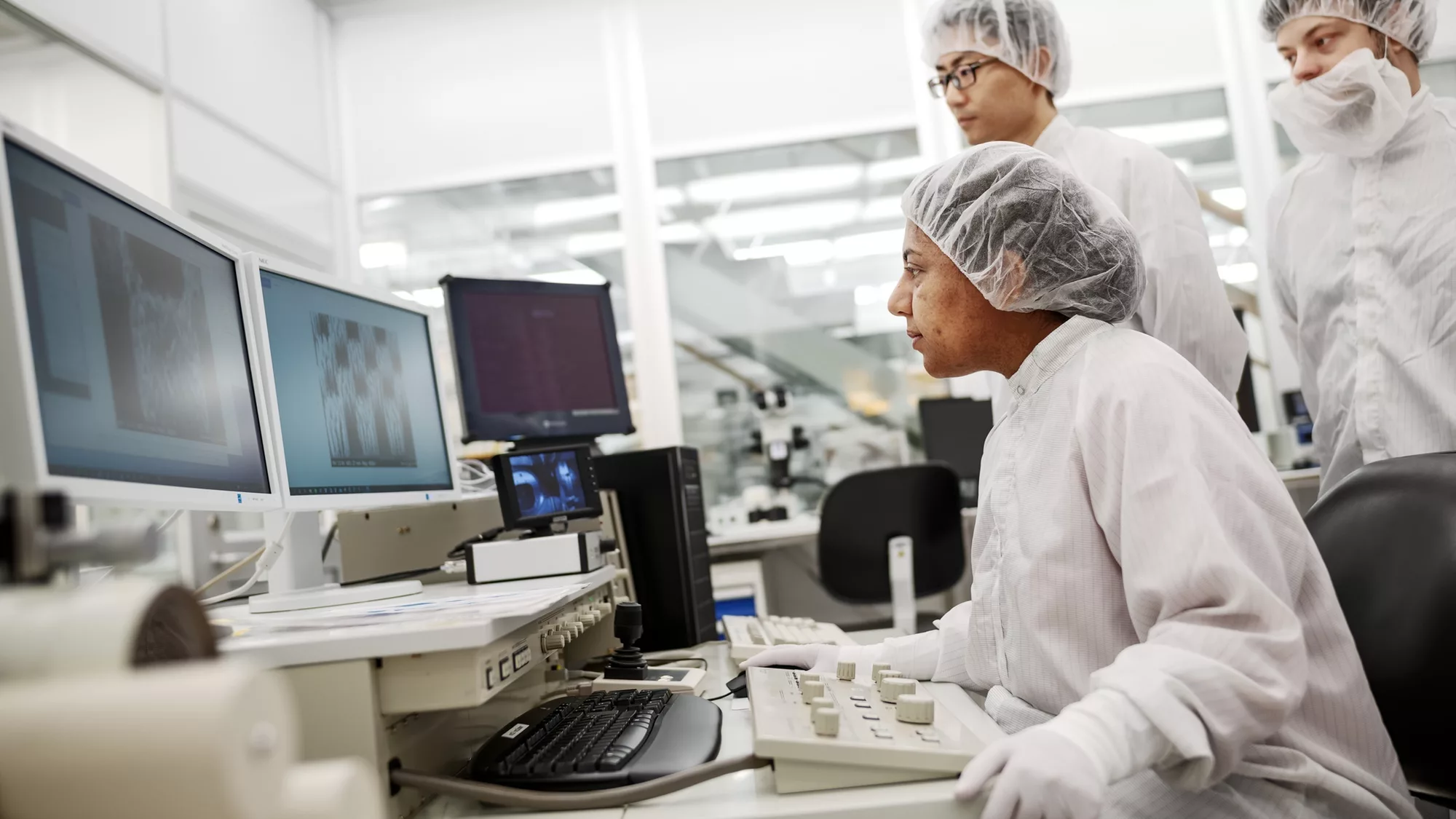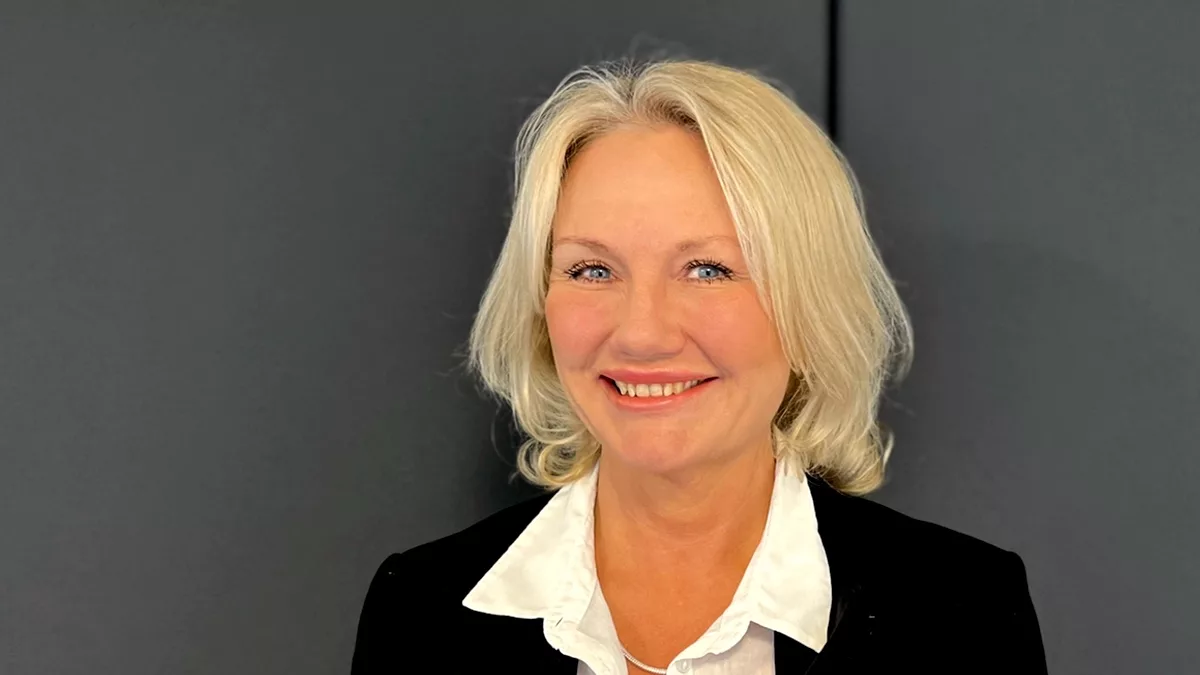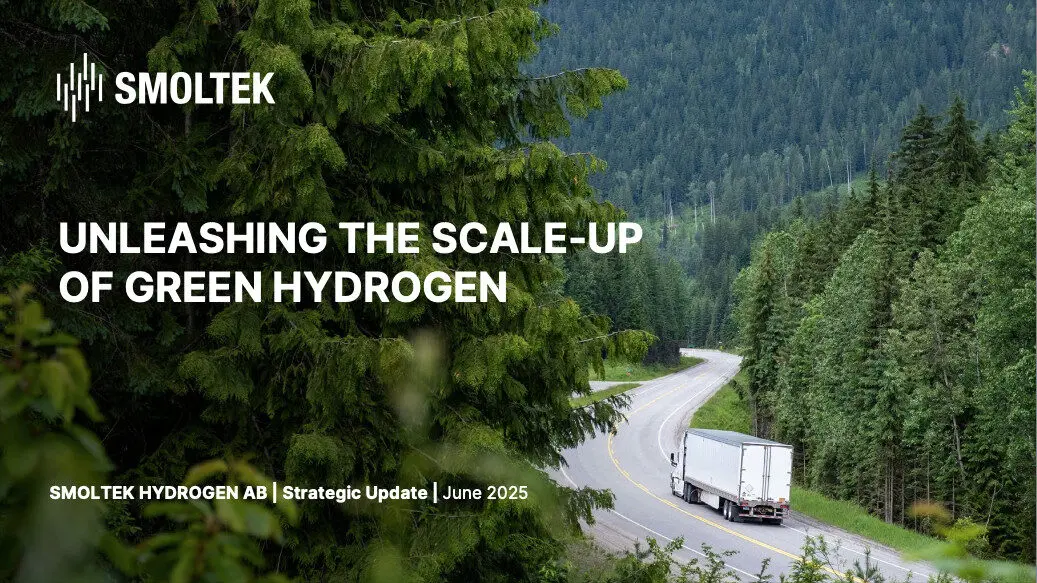Sign up for our newsletter!
Your data will be handled in compliance with our privacy policy.
Your data will be handled in compliance with our privacy policy.

The group company Smoltek Innovation is now changing its name to Smoltek Hydrogen, which better reflects the development we are now making in the hydrogen business area.
The renaming of the subsidiary is a logical next step when the innovation project around materials for electrolyzers and green hydrogen is now its own independent business area within Smoltek, and the new company name shows that we are committed to the ambition to provide the new hydrogen economy with decisive technology.1
“The global hydrogen market is growing incredibly fast, and the market for cell material on the anode side of a PEM electrolyzer alone is expected to reach SEK 65 billion in 2030. In addition, the acute shortage of natural gas has further increased the level of ambition in Europe. For us, it is important to quickly reach the goal of becoming an established player in this market.”
Ellinor Ehrnberg, President of Smoltek Hydrogen
* Electrolyzer Market worth over $65 Bn by 2030
Scoping for new innovation areas
Smoltek Innovation was formed as a separate group company in August 2020, with the task of taking new technology-driven innovations from concept to products for the market. During the first six months, a handful of promising areas were identified, with one of them, high-performance cell materials for electrolyzers, selected to be the first concept to develop further.
The ambition to develop our technology into new business areas is still something we look into, and next in line is concept development in areas such as medical technology, next-generation batteries and supercapacitors. These are areas where we consider our technology around nanofibers to be useful and possible to explore. This is now carried out by the R&D‑department.
Based on Smoltek’s patent-protected nanofiber technology, a new cell material for PEM electrolyzers has been developed. It has the potential to greatly increase the amount of hydrogen produced per unit area, leading to up to three times smaller and thus cheaper electrolysers. Furthermore, we reduce the amount of iridium used when manufacturing an electrolyzer by at least 80%. This is a significant advantage because iridium is a critical catalyst material that currently costs roughly SEK 2 million per kilogram.
Your data will be handled in compliance with our privacy policy.
News

November 20, 2025
We have launched a podcast about materials technology and investments in general and our disruptive carbon nanotechnology in particular.
News

November 4, 2025
Smoltek Hydrogen has received an order for samples of low iridium-load Porous Transport Electrodes (PTE) for PEM electrolyzers. The electrodes will be used in a joint development project with Heraeus Precious Metals, a global leader in precious metals.
News

October 30, 2025
Smoltek Hydrogen recently participated in the Hydrogen Technology World Expo 2025 in Hamburg, Germany – the world’s largest industry event for innovation in hydrogen and electrolysis technology. Ellinor Ehrnberg, President of Smoltek Hydrogen, was invited to a panel discussion on the topic “Overcoming the Key Obstacles in Electrolyzer Expansion”
News

June 12, 2025
Smoltek Hydrogen is developing Smoltek PTE – a proprietary porous transport electrode based on carbon nanostructures, which is intended to meet the requirements of next-generation PEM electrolyzers for the production of fossil-free hydrogen.
News

May 20, 2025
Smoltek has been awarded a new patent within the hydrogen business area. The patent discloses a method for depositing conformally coated catalyst support for the PTL (porous transport layer) that provides both high catalytic activity and additional corrosion protection.